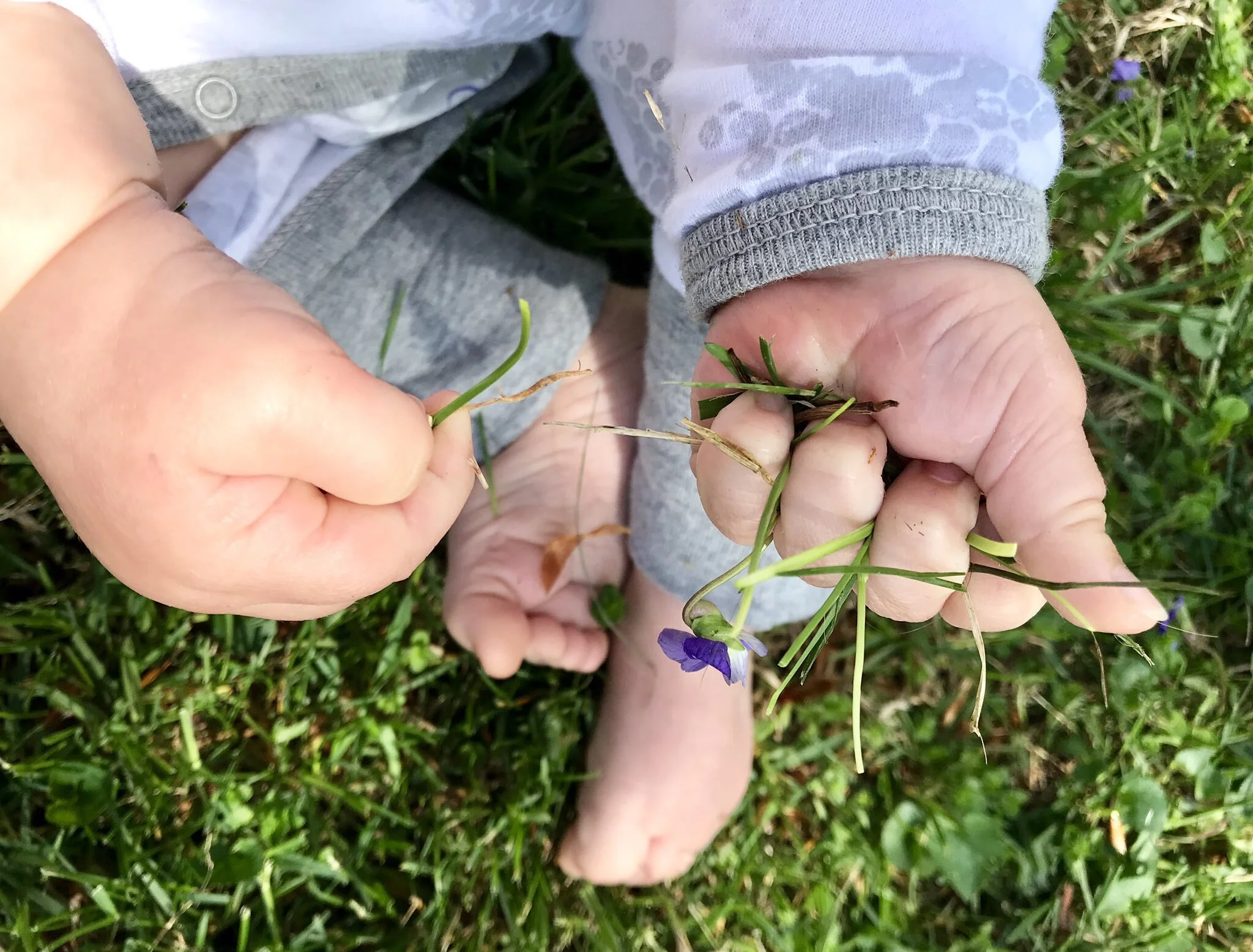Striving to use design to make the world safer and more breathable for the next generation.
For over a decade, I’m grateful to have collaborated with compassionate and creative leaders to design toward a healthier society.
We are in an era where businesses are reaching for creative solutions to daunting challenges and need human-centered design to deliver sustainable outcomes for their customers.
Below you’ll learn about my story, motivation and how I partner with clients.
Early Career
My undergrad thesis project at the University of the Arts involved the creation of an interactive documentary in which I spent time with families in Mexico, boarder patrol agents, and NGOs to better understand the motivation of undocumented immigration. Shortly after, I served as a documentary photographer and traveled to Israel and the West Bank. Through multimedia journalism, began to appreciate the challenging circumstances people occupy in opposing realities of the same political issue.
Present - Future
With every successful project I’ve contribute to, I’ve seen how understanding builds connection.
Teamwork and strong solutions are built on a foundation of curiosity.
Each project I’ve worked on has laid the foundation for my approach to designing systems and interfaces that impact people’s lives.
Thus, it is imperative to understand context. Through listening and critical questions we can better understand motivation and facilitate a plan for lasting impact.
Designing beyond barriers.
In the years I’ve been studying this technology, I see how immersive mediums such as VR and mixed reality can improve our motivation for learning as well as build stronger sense of empathy if designed well.
Photo from TedX talk I delivered in 2019.
XR and Healthcare: Distinguishing Intrigue from Hype
“Begin with the end in mind..”
franklin covey
At the start a new design project
I ask:
With whom are we trying to connect?
What are you compelling them to do?
How will you validate success?
This framework helps me avoid the classic trappings of quickly rushing to answer how will we solve a problem, or what technology will we use?
My operating philosophy
I often hear the troupe great product design is balancing “business goals and user experience;” to me, treating customers/consumers with dignity and designing with their humanity in mind should ALWAYS be a business goal. Because of this, I’m a designer inspired by moral ethics philosophy. Each time I participate in a project intake discussion, I understand that little by little, I (and countless others) are shaping the tools that will shape tomorrow and our interpretation of what tomorrow will bring. To that end, in the Winter of 2018, I organized the first (of more to come) Forum for Ethics & Emerging Technology.
There have been many moments during client brainstorming sessions where I’ve advocated for transparency and shared insights that build on the belief that going out of your way to build (and maintain) trust with customers/audience is always worth the investment.
Resources I recommend regarding ethics and technology:
Future Ethics by Cennydd Bowles https://www.future-ethics.com/
Human By Design https://humanebydesign.com/
Tristan Harris https://www.tristanharris.com/
As a team leader…
I love watching people grow and lean into their fuller potential. We each grow through listening celebrating our strengths. Each day, I anticipate being challenged by team members around me. Ideation, research, being open-minded, making room for diverging perspectives and leveraging the power of debate is critical to achieve complex business goals.
Design for context in context.
Whenever possible, I encourage my teammates and challenge myself to get away from the desk and spend time in the environments and with the people we are designing for. It is critical to look at a problem from many dimensions and immersing oneself inside the problem as far as feasible.
For this reason, I encourage structured stakeholder interviews (I usually regard end users and customers as stakeholders), and consider a range of qualitative and quantitative Research methods published by well known organizations such as Neilson Norman Group, Interactive Design Foundation. Prior to designing this research plan, I want to first at prior literature, market research, or reviews of competitor platforms to understand approaches others have taken and what suggestions they have before jumping in.
Immersion is key.
My love for immersive interactive design is spurred by the belief that we are moving towards tools where the the interface will no longer be noticeable. This is why I enjoy designing for touch screens, mixed reality and virtual reality. Each of these modes invites new design schemas for input that is more natural to our way of being in the world. It started when I discovered HCI designer Jeff Han’s 2006 demo of multi-touch display. Currently most immersive platforms are consumer oriented, however we are seeing a subtle transition to leverage these tools as a powerful means of authorship and collaboration.
Publications related my advocacy of
UX Design & Research for social good.
TEDxJeffersonU
Presenter: XR & Healthcare: Distinguishing Intrigue from Hype
CIO Applications magazine (Oct. 2019)
Author. XR Insights: Practical Uses and Implementation
Journal of Human Interaction and Emerging Technologies (Summer 2019)
Co-Author.
The Effects of Virtual Reality Learning Environments on Improving
the Retention, Comprehension, and Motivation
of Medical School Students
UX Certificate Program Advisor (2018)
https://technical.ly/philly/2018/07/16/ux-uarts-continuing-education-human-centered-design/
VR/AR Association - White Paper. (2018)
Co-author. Healthcare Best Practices
Adobe Blog (2017)
Interviewee. How UX Is Transforming the Way Thomas Jefferson University Hospital Understands Patients?


